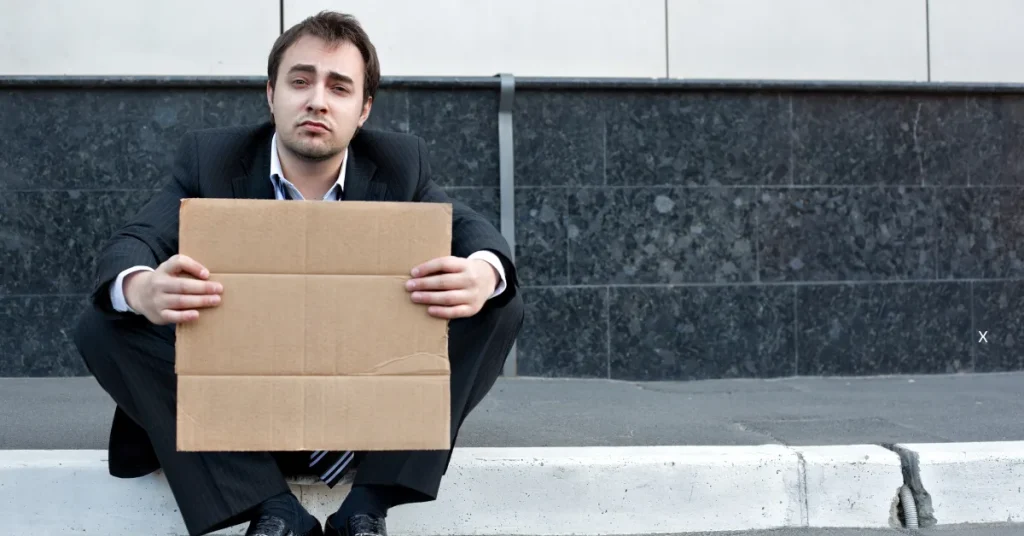Filing for bankruptcy often feels like a last resort. Yet for many, it becomes the only path to escape from overwhelming debt. The question then rises. What is voluntary bankruptcy?
Understanding Voluntary Bankruptcy
Voluntary bankruptcy happens when a person chooses to file for bankruptcy protection instead of waiting for creditors to force it. It is a personal decision to use the law as a shield against debt that has grown too heavy. Imagine a ship caught in a storm. The captain can either wait for the storm to sink it or steer into safe harbor for repairs. Voluntary bankruptcy is steering into that safe harbor.
How the Process Begins
The process starts with filing a petition in bankruptcy court. This petition is a formal request for help. It lists debts, assets, income, and expenses. The court then steps in to control the case. An automatic stay begins right away. This stay stops lawsuits, wage garnishments, and collection calls. Creditors must wait while the court reviews the petition. This pause gives breathing space to figure out the next step.
The Role of Chapter 7 and Chapter 13
In Florida, most voluntary bankruptcy cases fall under Chapter 7 or Chapter 13. Chapter 7 is called liquidation. It clears unsecured debts like credit cards and medical bills in a few months. Some property may be sold, but exemptions protect essentials like a home, car, or household goods. Chapter 13 is a reorganization. It sets up a repayment plan lasting three to five years. It lets people keep property while catching up on past due payments. Both options offer relief, but the right choice depends on income, assets, and long-term goals.
What Voluntary Bankruptcy Can and Cannot Do
Voluntary bankruptcy clears many debts but not all. Credit card debt, personal loans, and utility bills are usually wiped away. Certain debts stay no matter what. These include student loans, alimony, child support, recent tax debts, and court fines. Just as ancient societies protected debts owed to temples, modern law protects debts tied to family or government. Bankruptcy lightens the load but does not erase every responsibility.
Why People Choose Voluntary Bankruptcy
The choice to file voluntarily often comes from wanting control. Waiting for creditors to act can mean lawsuits, wage garnishments, or even losing property without warning. Filing voluntarily puts the person in charge of timing and process. It sets the stage for a structured, legal path forward. Instead of drowning under mounting pressure, voluntary bankruptcy gives order and relief. It is the difference between being pushed off a cliff and choosing a safer way down.
The Impact on Life After Filing
Voluntary bankruptcy does affect credit scores, but it also offers a chance to rebuild. With debts cleared or reduced, many find it easier to manage the future. The mark on credit history fades with time. The freedom from crushing debt often outweighs the temporary setback. In history, debt forgiveness was used to keep communities stable. Modern voluntary bankruptcy serves the same purpose. It ensures that financial hardship does not trap someone forever.
Take the First Step Toward Relief
Debt does not have to control life. Filing voluntarily may feel difficult, but it can bring peace and stability. Understanding what is voluntary bankruptcy is the first step toward a new beginning. Call 904-354-6604 today or visit jaxdebtrelief.com to learn how voluntary bankruptcy in Florida can provide the relief needed to move forward.


